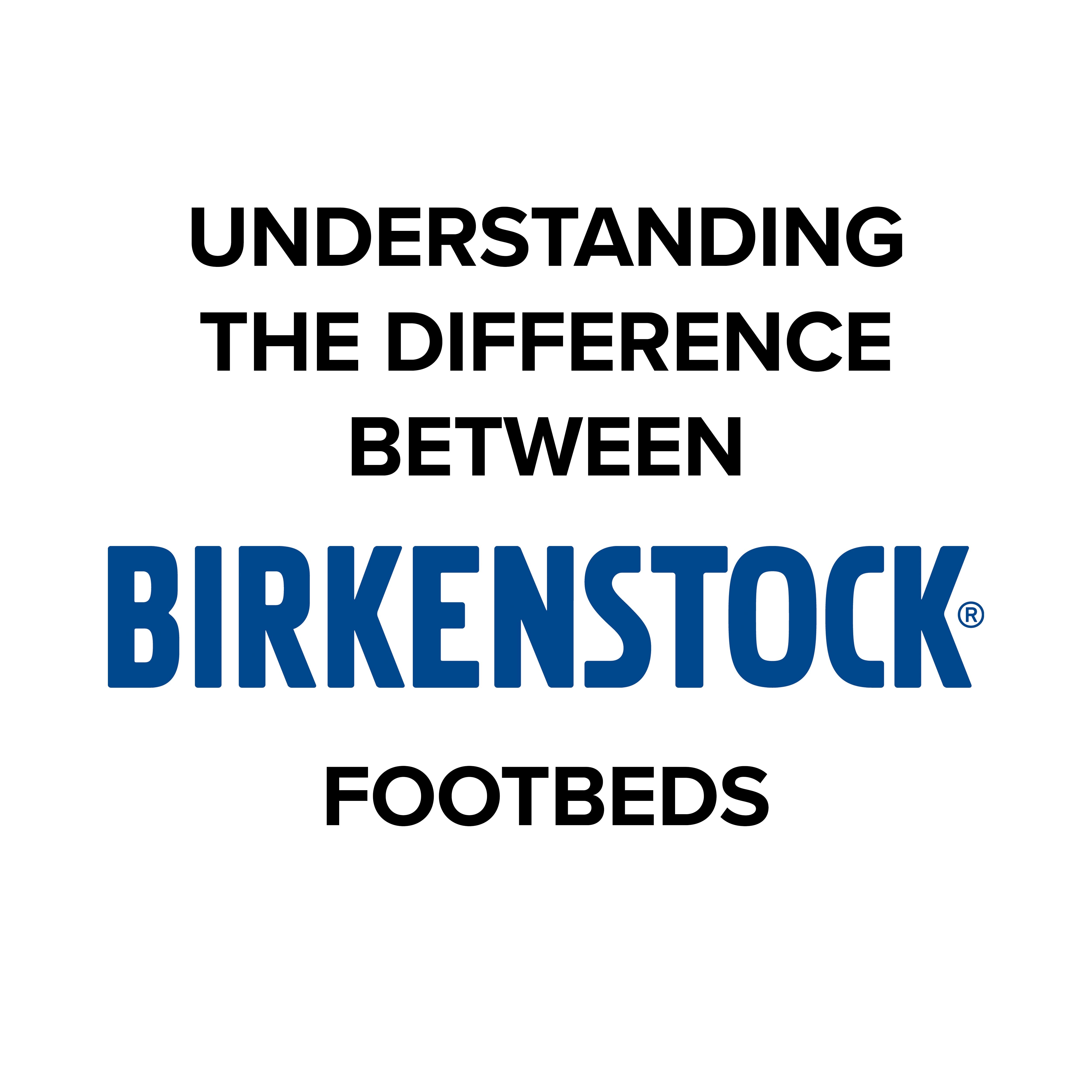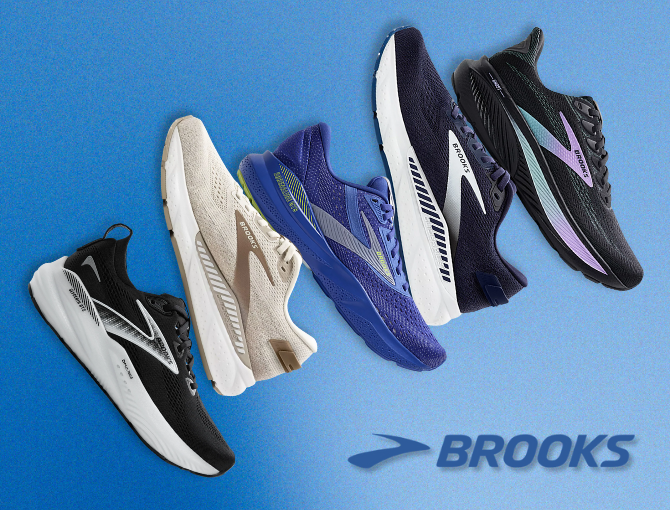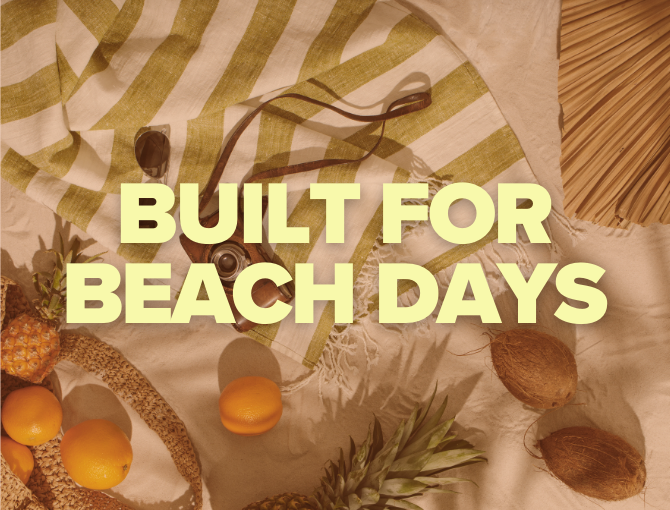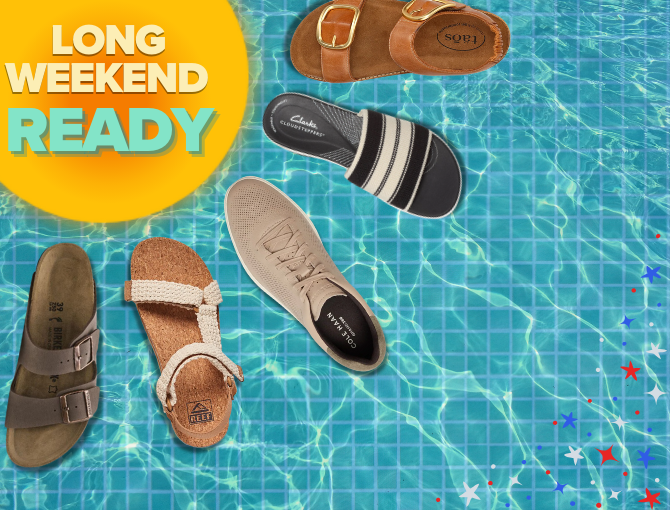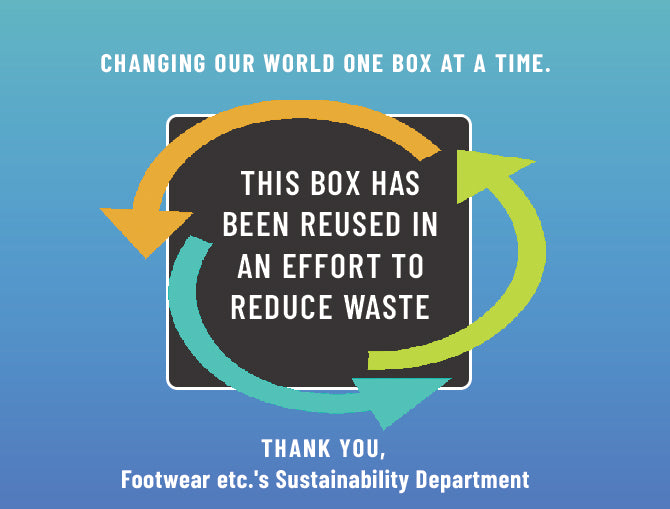Footnotes
The Difference Between Birkenstock Footbeds
Birkenstock Footbeds Explained: Find the Right Feel for Your Feet
Confused by Classic, Soft, EVA, shearling, and other Birkenstock footbeds? Here's an explanation of each type so you can find comfy, supportive Birkenstock sandals, clogs, or insoles that actually work for your life.
Difference between Hoka, Asics and New Balance Athletic shoes
Not sure which athletic shoe brand is right for you? Explore the key differences between top brands so you can make a smarter, more confident choice.
Making an Impact on Our Planet
Your old sneakers don’t have to end up in a landfill—now they can help the planet and even empower communities worldwide. Footwear etc. and Sneaker Impact are teaming up to make every step count.
Why HOKA Feels Different (And Which HOKA Is Right for You)
Why HOKA Feels Different (And Which HOKA Is Right for You)
Choosing a running or walking shoe can feel overwhelming, especially when you want the perfect blend of cushion, support, and style. HOKA’s 2025 collection takes the guesswork out of “Which HOKA is right for me” by offering five distinct models tailored to specific needs.
Brooks Breakdown: Which Brooks Running Shoe is Right for You?
Explore our Brooks running shoes guide—compare Ghost 17, Glycerin GTS 22, Adrenaline GTS 24, Beast GTS 24 & Ariel GTS 24 by cushion level and support. Shop now!
The Ultimate Footwear Guide for Father's Day 2025
Ultimate Father’s Day Footwear Guide: Discover stylish, comfortable men’s summer shoes—from casual loafers & pool-ready slides to suede dress shoes and high-performance sneakers. Shop top Dad-approved brands like New Balance, Birkenstock & Brooks for beach days, errands or everyday wear at Footwear etc.
Built for Beach Days: Must-Have Styles for Summer 2025
Discover your perfect pair of beach sandals, sun hats, and versatile bags for the ultimate summer experience. Whether you're lounging on the sand, strolling the boardwalk, or heading out on a weekend getaway, our curated collection is designed for style, comfort, and durability. Featuring top brands like Reef, Merrell, Clarks, and Vionic, each piece is crafted to enhance your outdoor adventures. Shop now at Footwear etc. and enjoy free shipping, personalized styling, and a flawless fit—your summer wardrobe is waiting!
Best Sandals for Memorial Day Weekend 2025 | Shop Summer Styles
Planning your Memorial Day weekend outfits? Discover the best sandals for Memorial Day 2025—including supportive walking sandals, platform styles, washable picks, and men’s dress-casual sneakers. From Birkenstock and Reef to Clarks, Taos, and Cole Haan, these versatile styles pair perfectly with your warm-weather plans. Shop online or visit any of our 11 California stores for etc.-ceptional service and the perfect long weekend fit.

